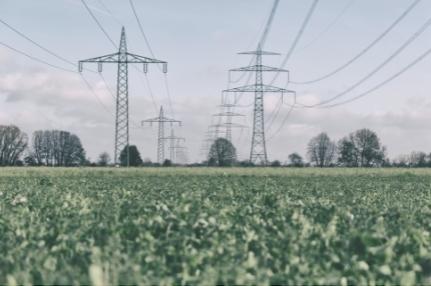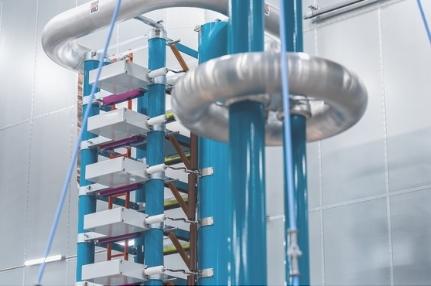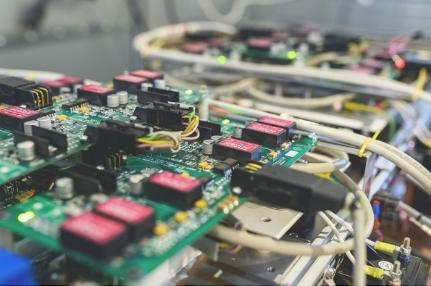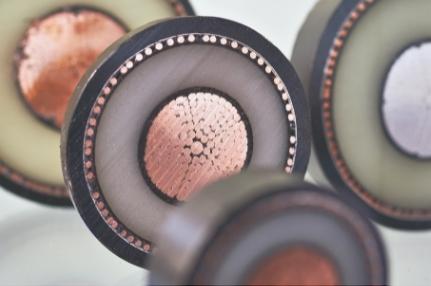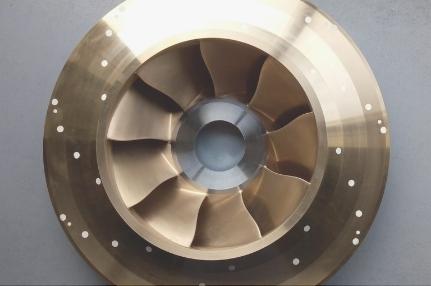Research & Collaboration
What makes us unique?
SuperGrid Institute owes its success to the people who make up our various research departments. Our teams come from diverse backgrounds in industry and academia, and their wealth of experience and skills make the Institute unique. Each individual brings specific expertise to the table.
This melting pot of knowledge offers opportunities for specialists from different fields to collaborate on new and innovative solutions to technical problems.
The Institute also benefits from close collaborative relationships with industry and academic institutions. The complementary strengths of our partners provide insights and innovative approaches to technical challenges. At the same time, we retain total independence in our research. Public-private investments and collaborative projects finance our work.
SuperGrid Institute’s state-of-the-art research facilities, test platforms and laboratories at the Villeurbanne and Grenoble sites are key to the success of our five research departments.

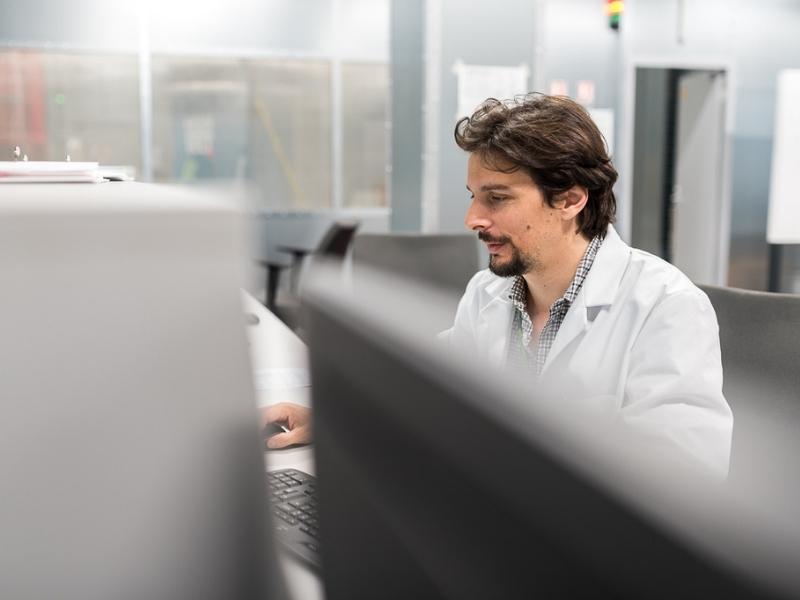
Latest scientific publications
Influence of the operating frequency on DC-DC converters for HVDC grids
This paper proposes an analytical methodology that allows to assess rapidly the comparison of DC-DC converters. It was applied to evaluate two modular DC-DC structures, one isolated circuit and one non isolated circuit, focusing in the variation of the operating frequency for different DC voltage transformation ratios.
Tuning of Droop Parameters Using Virtual Capacitor Control to Improve Voltage Dynamics
This paper proposes a new approach to tuning voltage droop parameters in an MMC-based multi-terminal HVDC system. Using the new degree of freedom offered by the virtual capacitor control, the transient behavior of the DC voltage can be improved without adverse effects on the connected AC grids.
Numerical modelling and influence of defects on space charges in epoxy resin under HVDC stresses
Space charge accumulation on High Voltage Direct Current Gas Insulated Substations can produce electrical field reinforcements in the insulation that need to be taken into account in the equipment design. The TSM (Thermal Step Method) is one of the experimental techniques allowing to determine space charge distributions in insulating materials. However localized defects (i.e. microvoids, delaminations etc) cannot usually be detected by this technique. A new numerical approach to study the influence of structural defects on Thermal Step Method currents is proposed. The method is based on a Finite Element numerical simulation allowing to simultaneously solve electrical and thermal equations. The effect of three different defects were studied. It results that ring defects, with diameters smaller than 0.4 mm, produce less than 10% of change on TSM current signals. This confirms the difficulty to detect small defects by this method. It was also observed that delaminations can produce variations in signal as high as 70%, and even generate signals of opposing sign from the case without defect.


